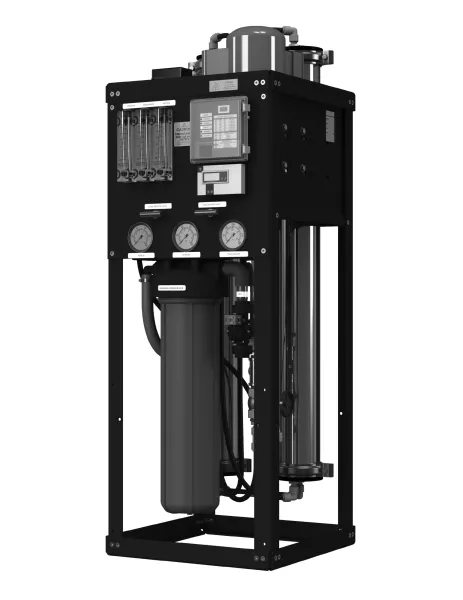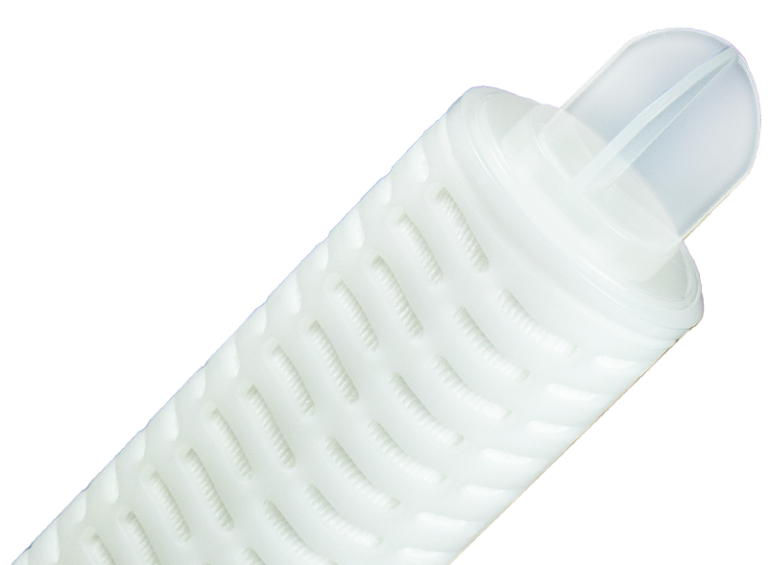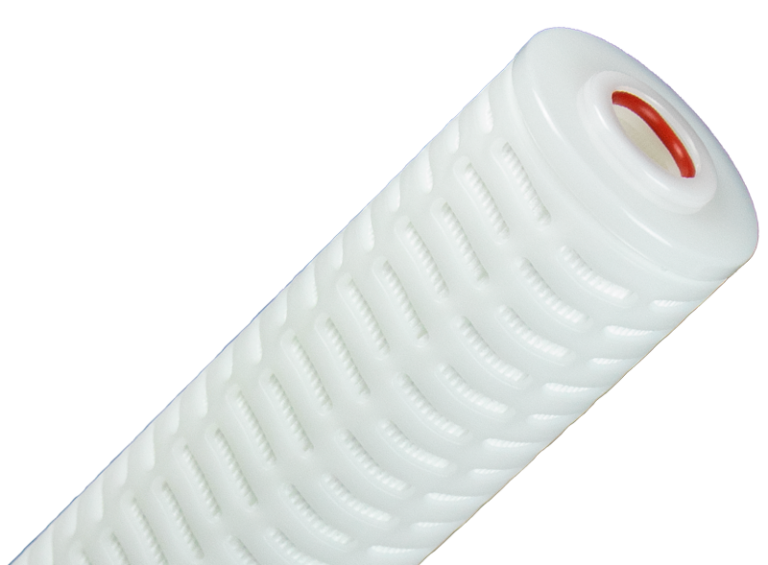One of the biggest challenges for brewers is to produce beer that is unique and has a fresh flavour.
Selecting ingredients can be a complicated process for brewers. Looking at specific characteristics and qualities for each of the ingredients can be challenging if brewing processes are inconsistent.
It’s common knowledge that beer is made from barley or other grains, hops, yeast, water but not many people know that sometimes there are small proportions of spices, herbs, adjuncts, brewing salts, acids and fruits that add freshness and make beer’s flavour unique and powerful.
Brewers within the industry would say that there are specific characteristics that need to be considered for each ingredient and that is very important to support a consistent brewing process to bring the best flavour from the ingredients. Therefore, one of the first ingredients to look into is the main ingredient, the brewing liquor.
The brewing liquor is treated water that ideally should not hold or host salts, minerals, microorganisms or other contaminants that affect the process and results. Salts and minerals alter the chemistry which can change the pH of the water and can also interact with enzymes and yeast which can affect the mash and spoil the flavour by accumulating off flavours. Microorganisms on the other hand can spoil beer by increasing turbidity, acidity and producing off flavours and smells. Chemicals contained in water such as chlorine, herbicides and pesticides can also affect flavours on their own or through combining with other ingredients or contaminants.
To avoid any of these possibilities that can spoil the final taste of beer, brewers have to ensure that they start with brewing liquor that meets the required levels consistently.
A water purification technology like Reverse Osmosis (RO) enables brewers to build up a brewing liquor profile to match the type of beer they want to produce. This process gives a blank canvas to brewers and allows them to take their brewing process in various desirable directions.
RO systems work by using a pump to push inlet water across a semi-permeable membrane. By applying a back pressure, the water molecules flow through the membrane leaving up to 99% of dissolved salts and other contaminants on the concentrated side of the membrane which goes to drain or can be recycled through the inlet to reduce waste water.
Pleated filters also target this application, including the SPECTRUM PPP and Bubble Point ranges!















